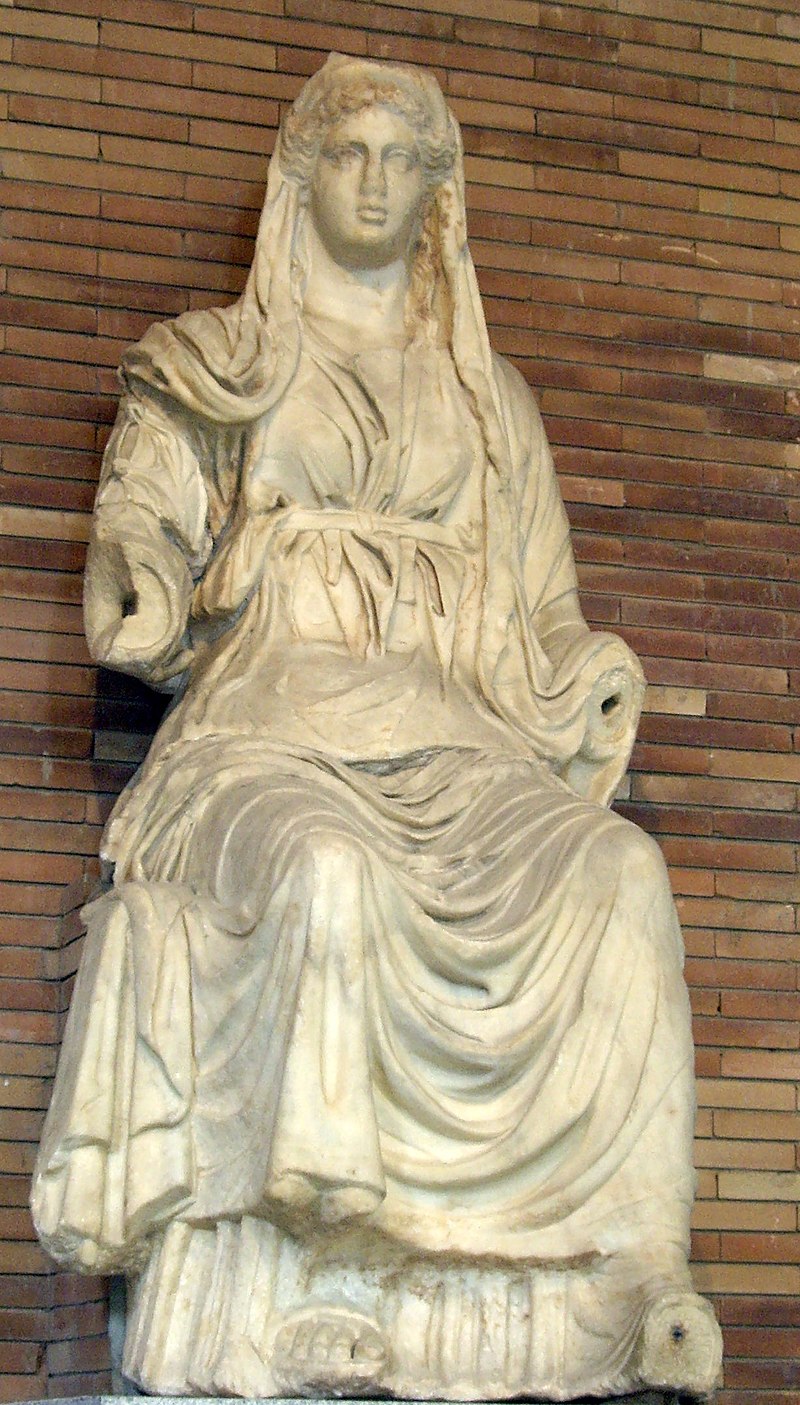In the ancient realm of Rome, the deities held a mighty influence over the lives of its people. At the top of this divine hierarchy was Jupiter, the powerful god of thunder and sky, often depicted seated on a throne with a thunderbolt. His role as the protector of the state made him a central figure in Roman culture, with worshipers turning to him for matters of law, order, and justice. Meanwhile, Juno, his wife and queen among the gods, was celebrated for her association with marriage, childbirth, and the safeguarding of women. Her regal presence was felt throughout the Roman Empire as she took on protective roles over the people and state.
Neptune controlled the unpredictable waters of the world, wielding his trident to stir the seas. Brother to Jupiter and Pluto, he was also linked to the realm of horses, enhancing his importance beyond the sea. Mars, fierce and formidable, was not only the god of war but also connected to agriculture, embodying both the might of battle and the fertility of the land. Minerva combined wisdom with strategic warfare, reflecting intelligence and craftsmanship, while Venus captivated as the goddess of love and beauty, her influence evident in art and culture. Each deity in the Roman pantheon played a distinct and vital role, shaping the spiritual and cultural fabric of ancient Rome.
Key Takeaways
- Diverse Roman gods influenced many aspects of life.
- Jupiter and Juno were central figures in the divine hierarchy.
- Neptune, Mars, Minerva, and Venus held unique roles and powers.
Jupiter: King of the Gods
Jupiter is known as the ruler among Roman deities, similar to Zeus in Greek mythology. His domain includes the sky, thunder, and lightning. As the son of Saturn and Ops, he holds great importance in Roman culture and religion. Jupiter is portrayed as a majestic figure, wielding a thunderbolt and seated on a throne. He is revered as the guardian of laws, order, and justice, playing a crucial role in the protection of the Roman state and its people.
Jupiter was not only involved in matters of state and justice but also related to various aspects of daily life, such as agriculture, fertility, and marriage. His epithet, Jupiter Optimus Maximus, translates to “the best and greatest Jupiter,” underlining his supreme status in Roman society. Temples dedicated to him were prominent throughout the Roman Empire, and his influence is evident in Roman art, literature, and culture.
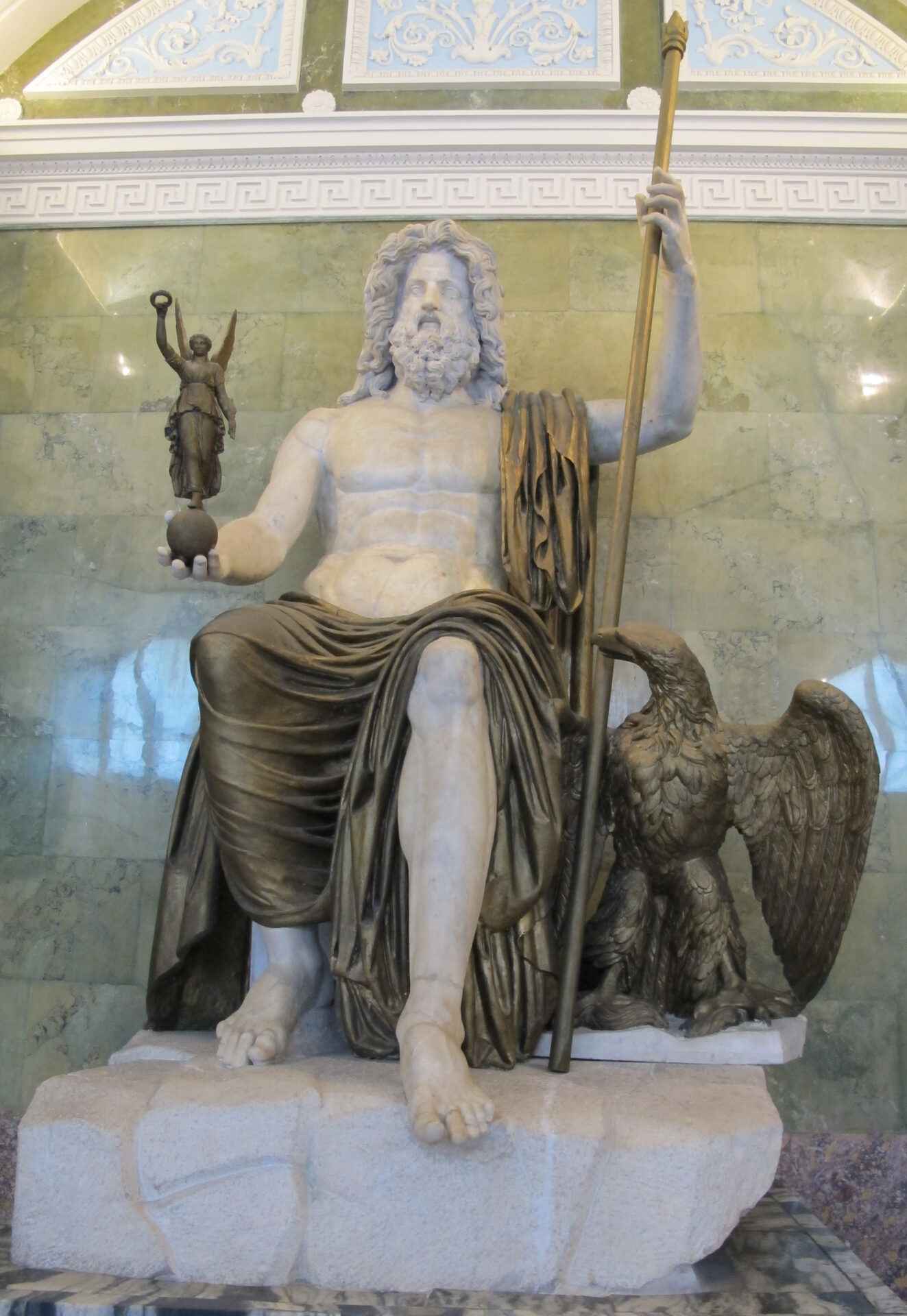
Juno: Queen of the Roman Pantheon
Juno was the powerful queen of the Roman gods, similar to the Greek goddess Hera. She was married to Jupiter, the king of the gods, and played a key role in Roman religion. Juno was closely linked with marriage, childbirth, and the protection of women.
Symbols and Depictions
- Often shown wearing a crown
- Seen holding a scepter
Juno was a patron goddess of Rome itself. Her temples could be found throughout the Roman Empire, showing her significance in Roman daily life, art, and culture. People also looked to her for matters of fertility, motherhood, and state protection. Her title, “Juno Regina,” means “Juno the Queen,” underlining her vital place in Roman society.
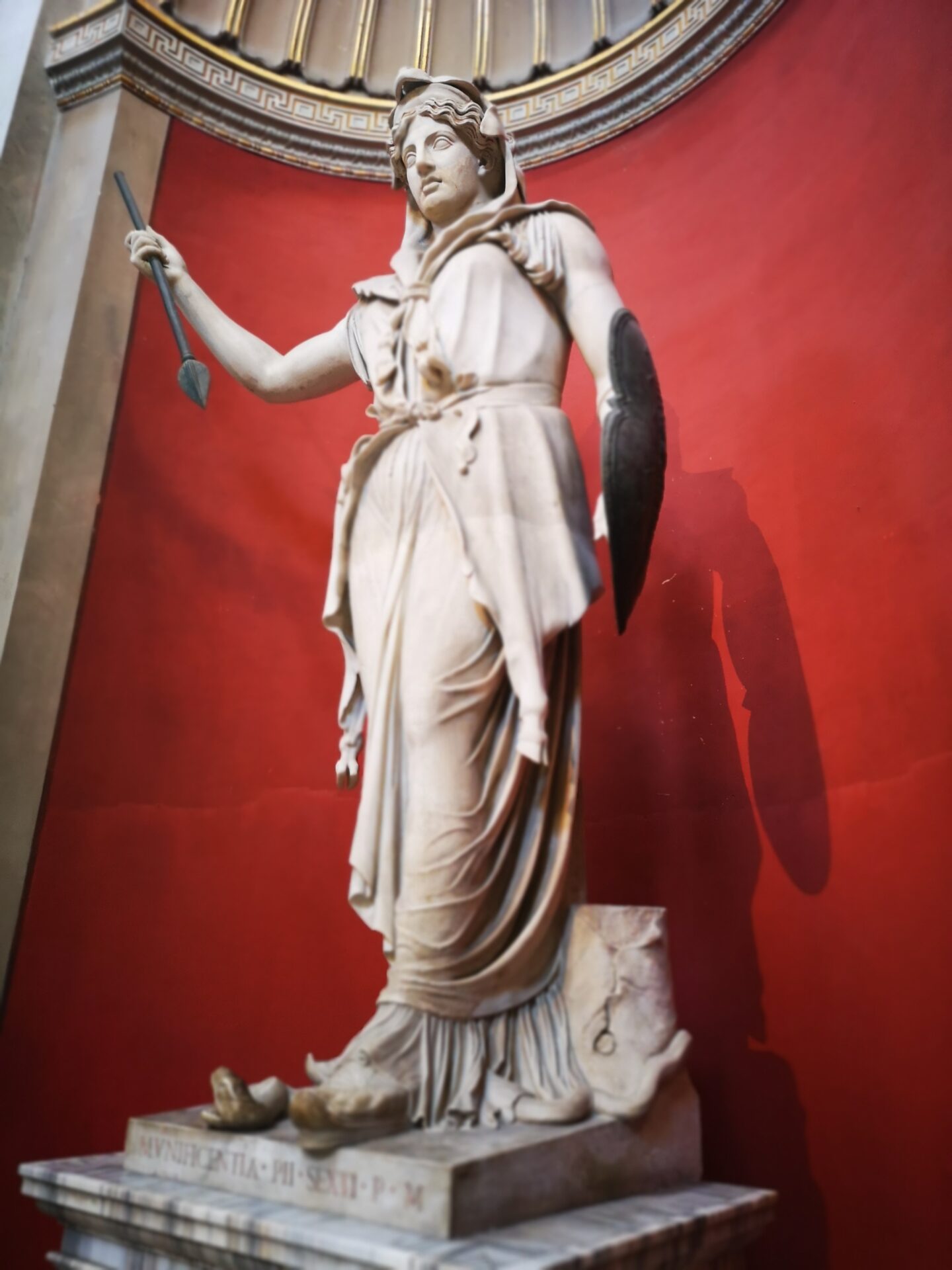
Neptune: Lord of Oceans and Aquatic Realms
Neptune, a central figure in Roman mythology, was revered as the god of the sea and waters. He was known for his dominion over the oceans, rivers, and lakes, often depicted holding a trident, a symbol of his power to create storms and calm waves. This connection to water extended beyond the seas, linking him to freshwater springs and rivers as well.
As Neptune wielded influence over the seas, he was also associated with horses. Romans believed he created the first horse, which tied into his role as the protector of the cavalry. This equestrian connection earned him the title “Neptune Equestor,” or Neptune The Horseman. His dual association with both water and horses highlights his diverse powers and domains.
In Roman culture, Neptune’s significance was evident in the temples dedicated to him throughout the empire. He was celebrated in art, literature, and tradition, underscoring his widespread appeal and importance. His role extended beyond Roman borders, as he shared characteristics with the Greek god Poseidon, further cementing his status in mythology.

Mars: Deity of War and Cultivation
Mars, in Roman mythology, is known as the god of war. He is seen as a powerful figure similar to the Greek god Ares. With a reputation for strength, Mars was admired by soldiers who looked to him for courage in battle. Soldiers often honored Mars before going to war.
Mars is depicted as a mighty warrior, clad in armor and often carrying a spear or sword. His image was not only of a warrior but also connected to nature. Mars had a unique role, as he was linked to agriculture and fertility. Often called “Mars Silvanus,” he symbolized his relationship with the woods and the land, emphasizing nature alongside combat.
Mars is also credited as the father of Romulus and Remus, the legendary founders of Rome. This connection highlights his importance in the myths surrounding the origins of the Roman state.
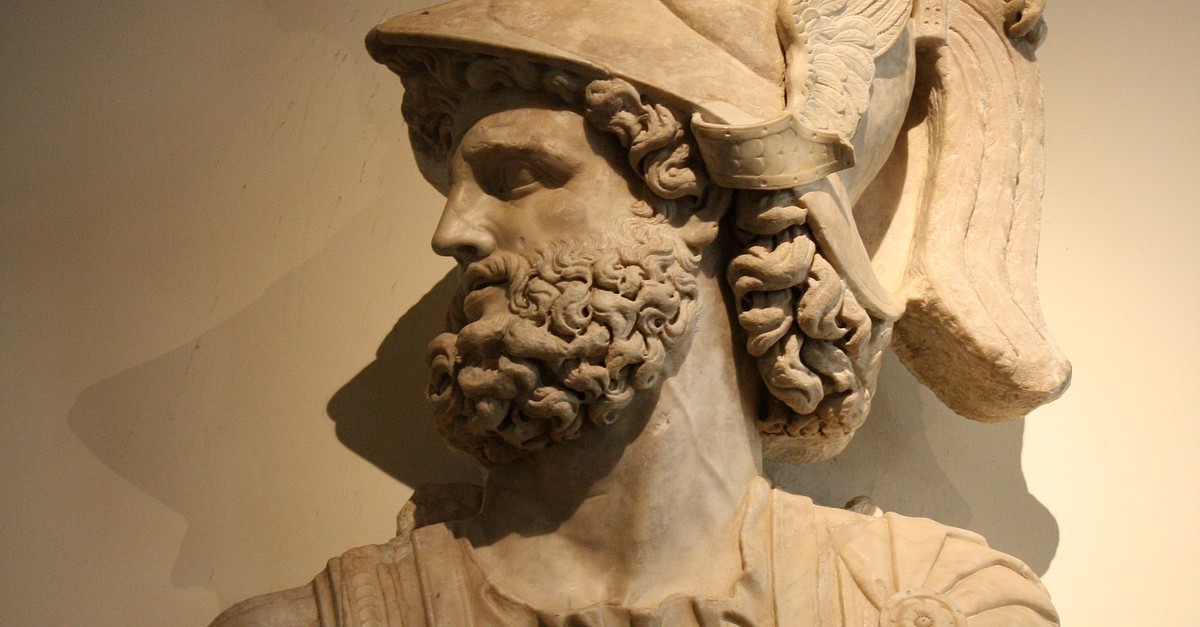
Minerva: Goddess of Knowledge and Strategic Battle
Minerva was admired in Roman mythology as the goddess of wisdom, knowledge, and strategic warfare. She is often likened to the Greek goddess Athena. Known for her intelligence and skill, Minerva stood out among the 12 Olympian gods and was often shown wearing a helmet, carrying both a shield and spear.
Her influence extended beyond warfare and intellect; she was also tied to crafts and the arts. In her role as a healer, she was sometimes called Minerva Medica. This highlights her importance not just in strategy and knowledge, but in medicine and healing as well.
Minerva’s presence in Roman life was significant due to her protective attributes towards the Roman state and its citizens. She was frequently referred to as Minerva Capaldina, underlining her vital role as a protector within society.
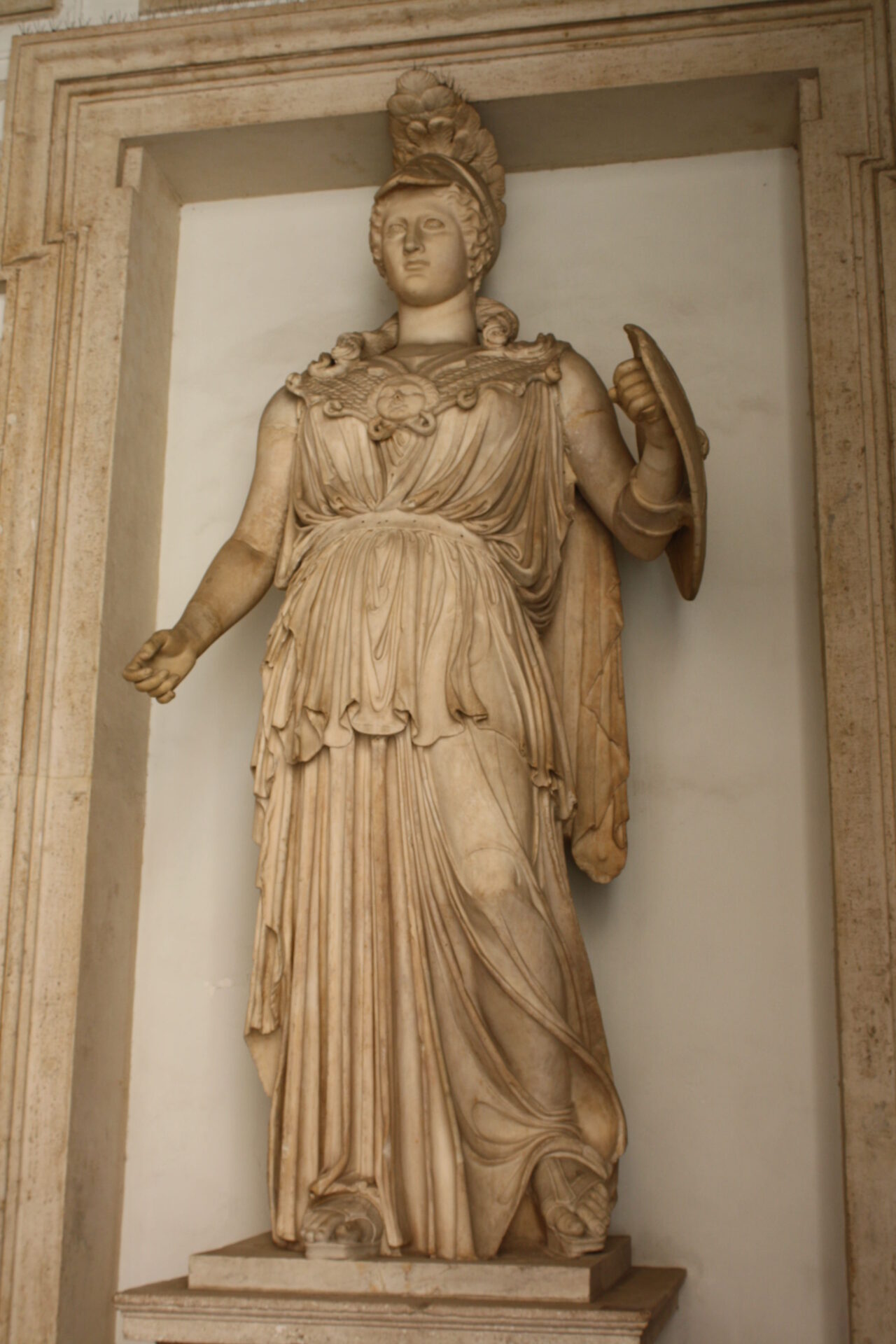
Venus: Goddess of Love and Beauty
Venus, a figure of immense renown in Roman mythology, is celebrated as the goddess of love, beauty, and fertility. Her Roman persona aligns with the Greek goddess Aphrodite. As one of the twelve Olympian deities, she captivated people with her charm and allure. Art and culture often depicted her in a flowing gown, holding a mirror—a symbol of her beauty.
In many temples throughout the Roman Empire, Venus was revered, and her influence extended beyond beauty and love. She was linked to gardens, crops, and flowers, reflecting her connection to fertility and growth. Known as Venus Verticordia, or “Changer of Hearts,” she played a vital role in affairs of the heart.
Venus also served as a protector of the Roman people, making her a central figure in Roman society. Her title, Venus Victrix, highlights her revered status. In every aspect, from personal relationships to agriculture, she was seen as a guiding force for the people of Rome.
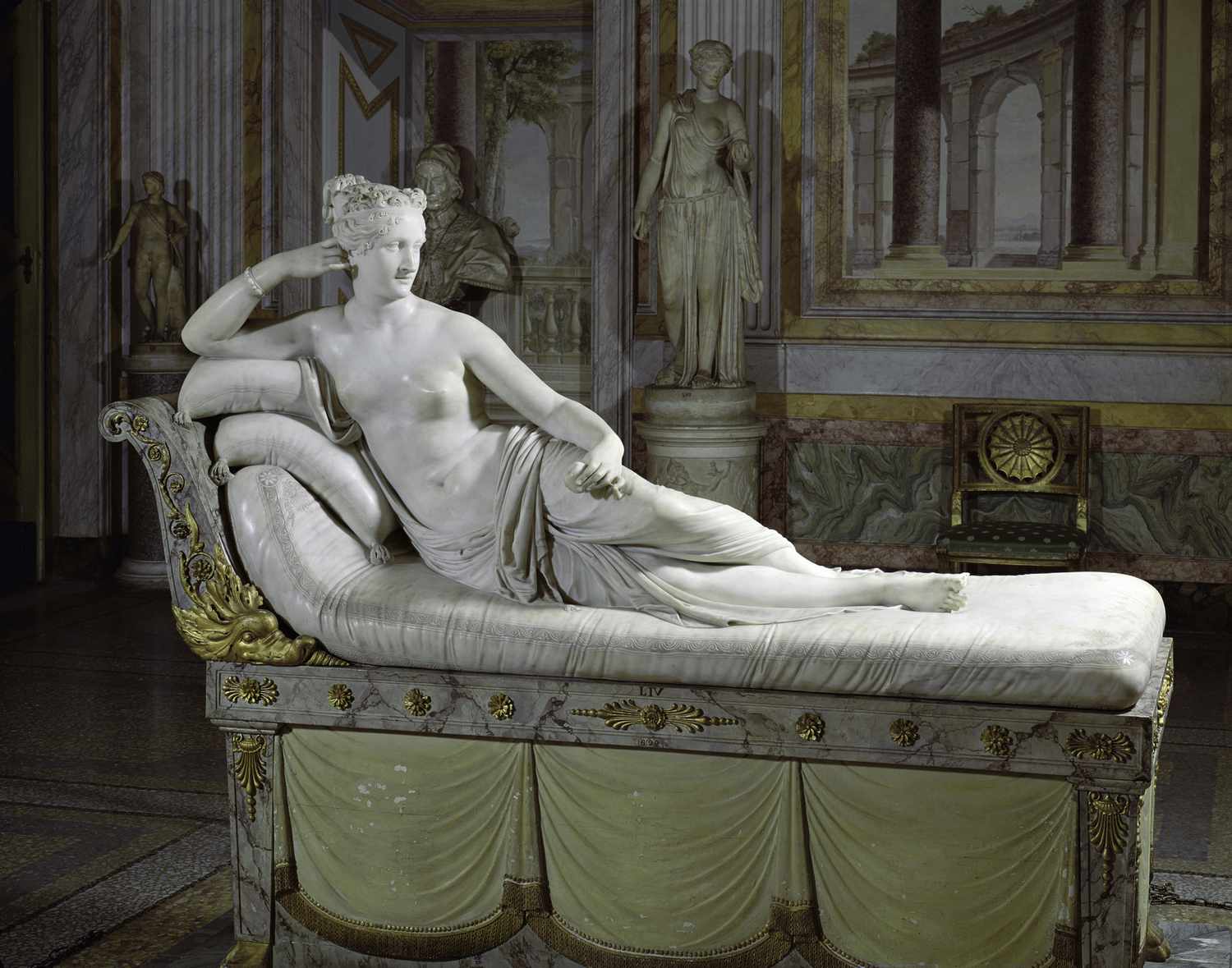
Apollo: Guardian of the Arts and Predictions
Apollo, a prominent deity in Roman mythology, was the god associated with music, poetry, prophecy, and healing. Known for his artistic talents, Apollo was often pictured with a lyre, using it to craft melodies that captivated all. He was not only linked to the arts but also with knowledge and foresight, granting him enshrined status within the Roman Pantheon.
Apollo’s bond with the sun and light was another significant aspect. Occasionally referred to as “Apollo Sol,” this title highlighted his influence over daylight, symbolizing clarity and insight. His role wasn’t limited to creativity and intellect; he was recognized as a healer. People often called upon Apollo Medicus for matters of health and wellness, underlining his wide-reaching powers.
The reverence for Apollo extended into various facets of Roman life, where he was worshiped for bringing both artistic inspiration and intellectual enlightenment. His influence spanned from the theater, where the arts flourished, to places of healing, where his guidance was sought by those in need.
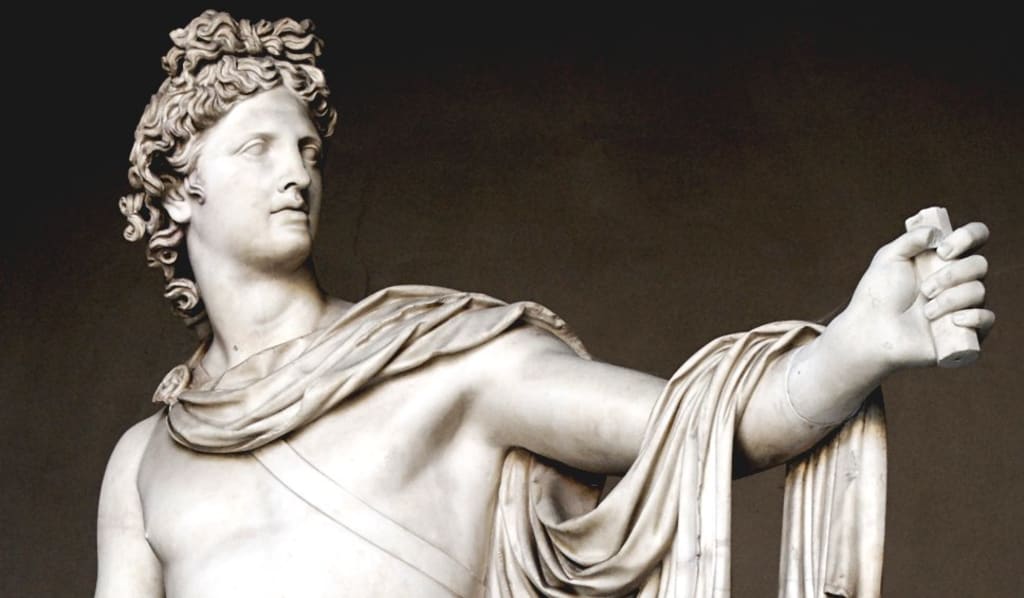
Diana: Divine Huntress and Moon Goddess
Diana, a Roman goddess, is known for her roles related to hunting, the moon, and childbirth. People often visualize her with a bow and arrow, marking her talent in hunting. Her connection to nature is underscored by her title, “Diana of the Woods,” highlighting her deep ties with wild animals.
In addition to these roles, Diana is seen as a guardian of women and childbirth, ensuring safe deliveries. The crescent moon often associated with her signifies her link with the night sky, and she is sometimes called “Diana Lucifera,” reflecting her status as a bringer of light.

Vulcan: Master of Fire and Craftsmanship
Vulcan, a prominent deity in Roman mythology, is known for his mastery over fire and skilled craftsmanship. As a god, he is akin to the Greek god Hephaestus and revered for his exceptional abilities in creating weapons, armor, and intricate metalwork. Vulcan is often imagined as a muscular figure dedicated to his work at the forge, hammer in hand. His connection to fire also links him with volcanoes, enhancing his powerful image.
In addition to his mastery of metal and fire, Vulcan plays a critical role in Roman society as a protector. His craftsmanship and strength underscore his significance, and he sometimes goes by the name Vulcanus Mulciber. Whether forging items of war or everyday tools, Vulcan’s influence extends across mythological stories and cultural traditions, firmly establishing his place among the revered gods of ancient Rome.
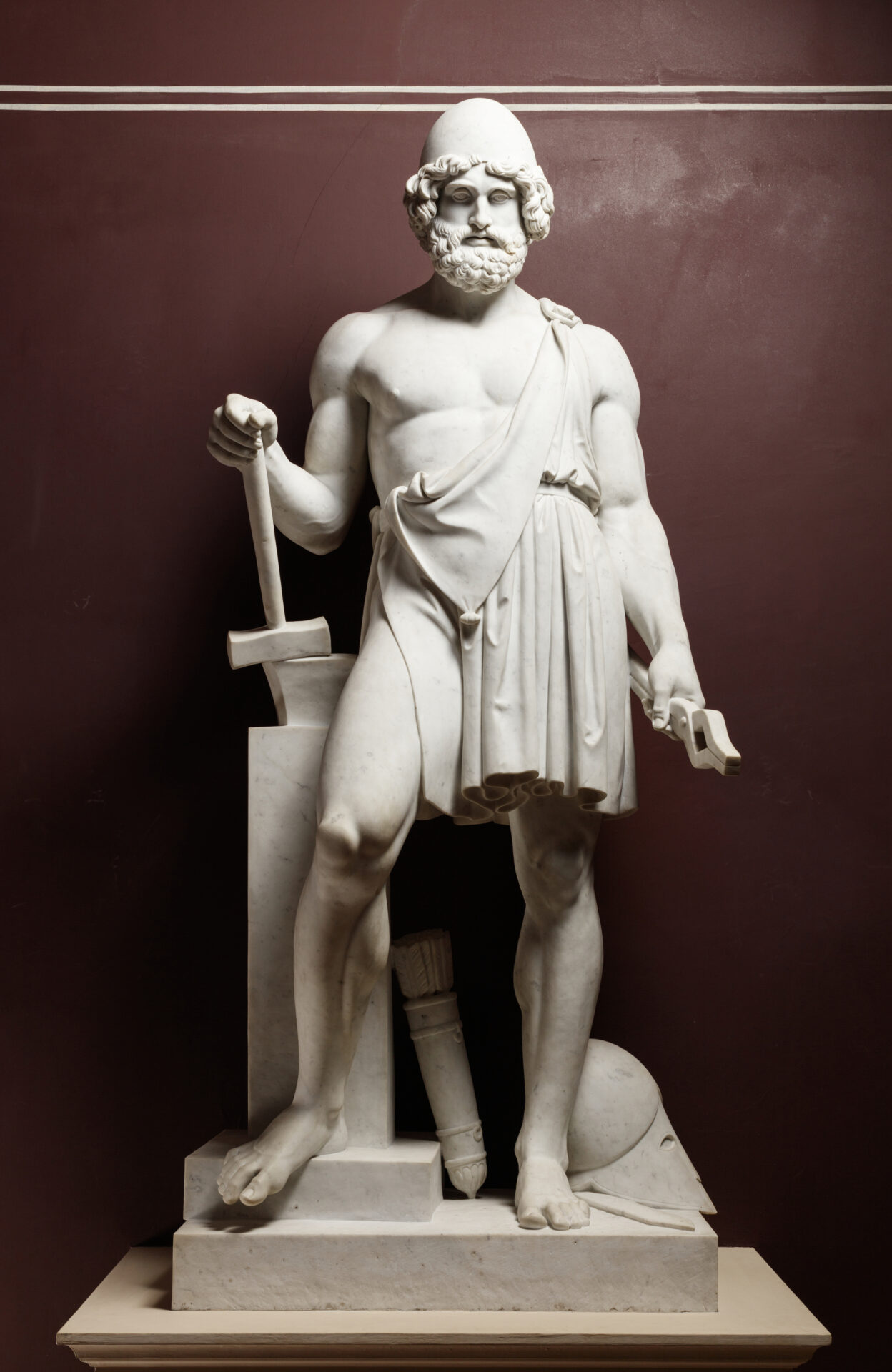
Mercury: Patron of Travelers and Commerce
Mercury, a major deity in Roman mythology, is known for being the god of commerce, travelers, and thieves. He is similar to the Greek god Hermes and is celebrated for his quickness and skill. Represented with winged sandals and a hat, he often carries a caduceus, a staff symbolizing trade and negotiation.
With a focus on commerce, Mercury played an important role in economic transactions and communication. As the god of travelers, he provided protection and guidance to those journeying from place to place. His followers believed he ensured safe and successful travels. Moreover, his connection to messengers made him central in Roman society for facilitating communication and exchange.
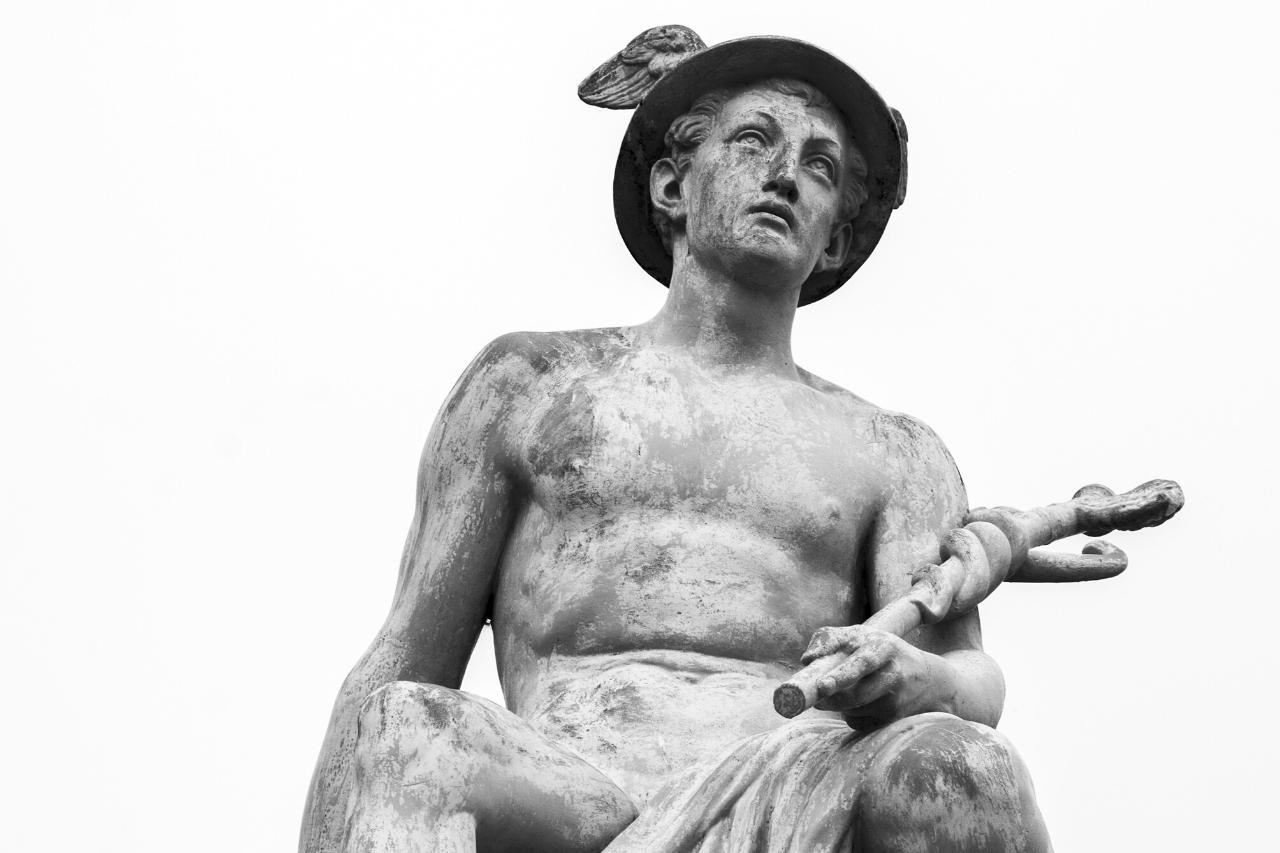
Ceres: Guardian of Farming and Abundance
Ceres, in Roman mythology, is the goddess of farming, grains, and fertility. She plays a vital role in ensuring plentiful harvests. Often shown holding a sheaf of wheat, Ceres is deeply linked with the changing seasons. This connection highlights her importance in sustaining and nourishing life through the growth of crops.
Her influence extends beyond agriculture. Ceres is also a symbol of life cycles, representing birth, growth, and renewal. This makes her an enduring figure in Roman culture, illustrating the ancient dependence on the earth’s bounty. Her festivals and rituals were moments for communities to express gratitude for the land’s abundance and seek blessings for future harvests.
